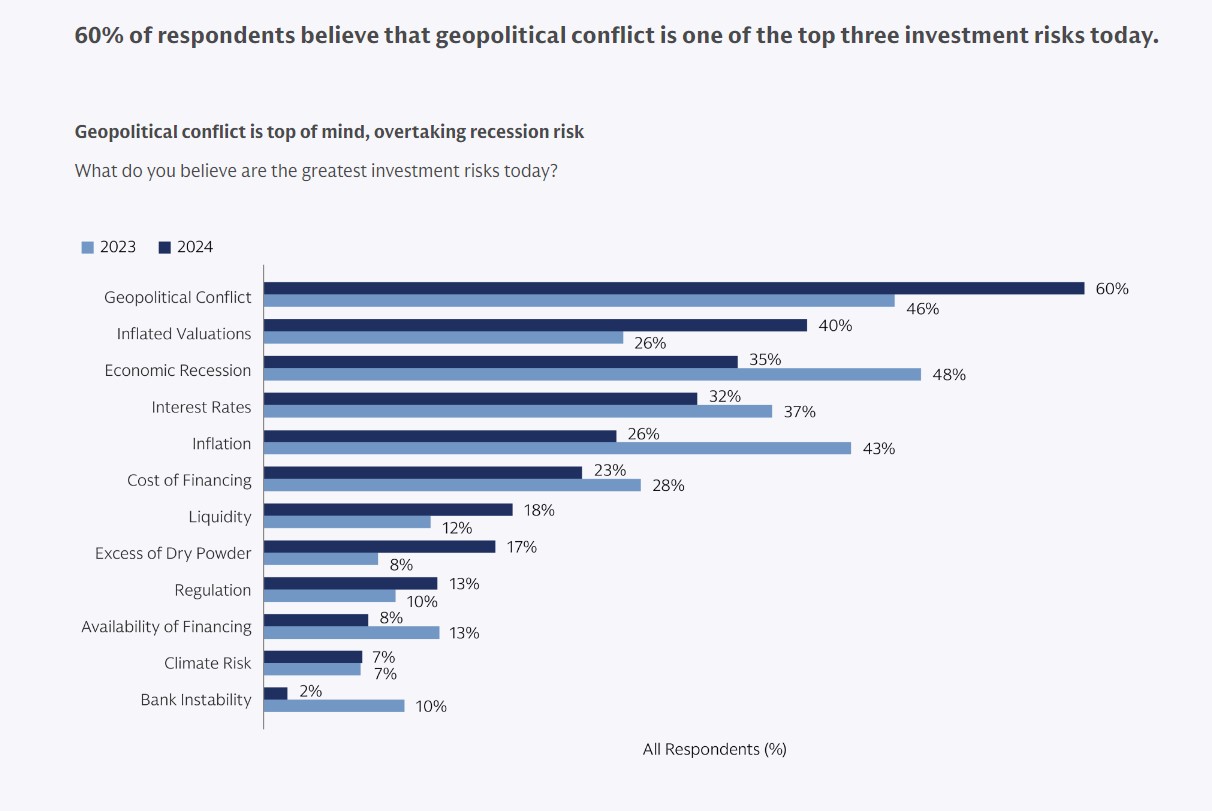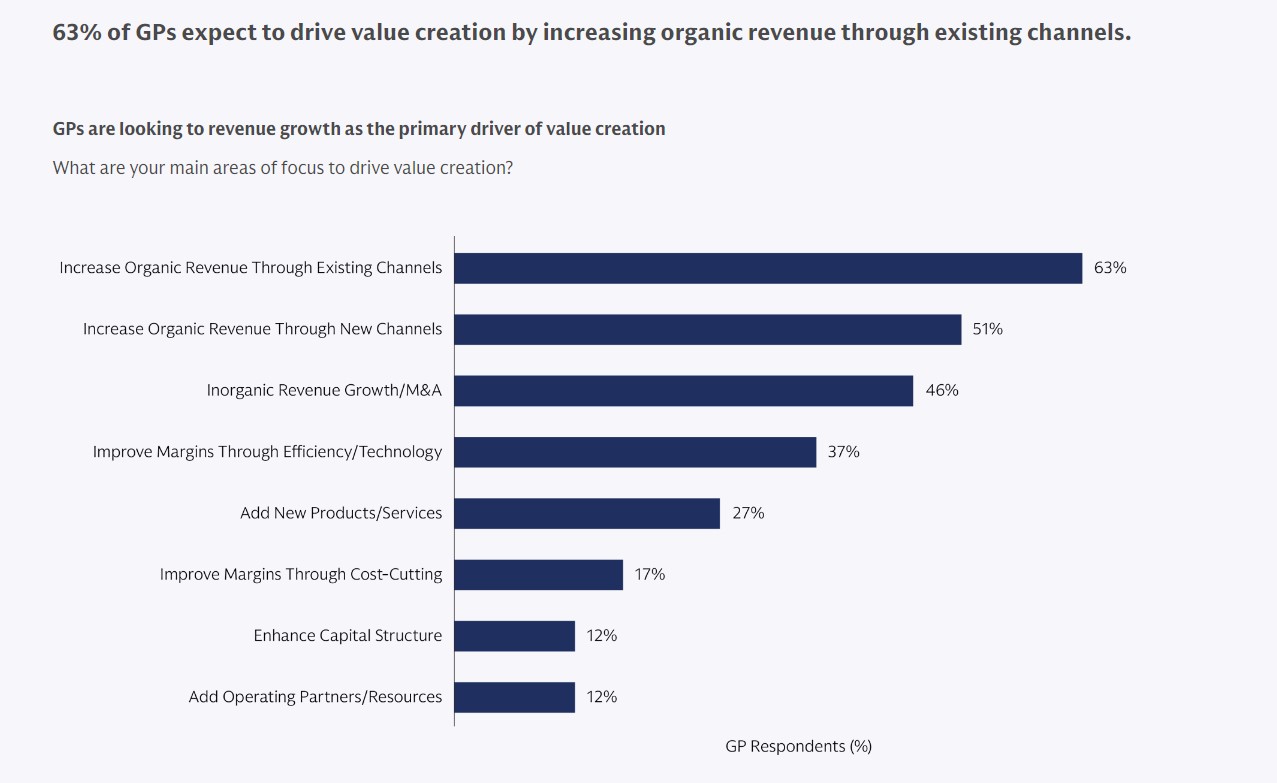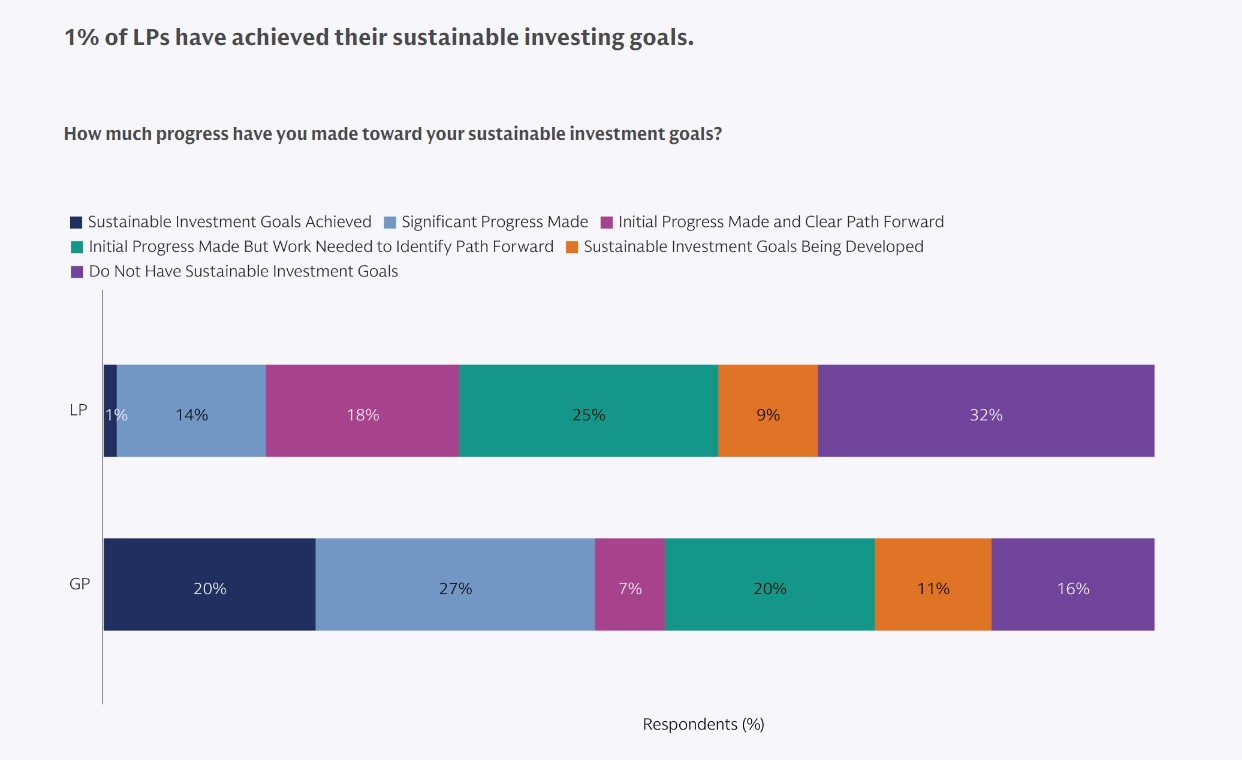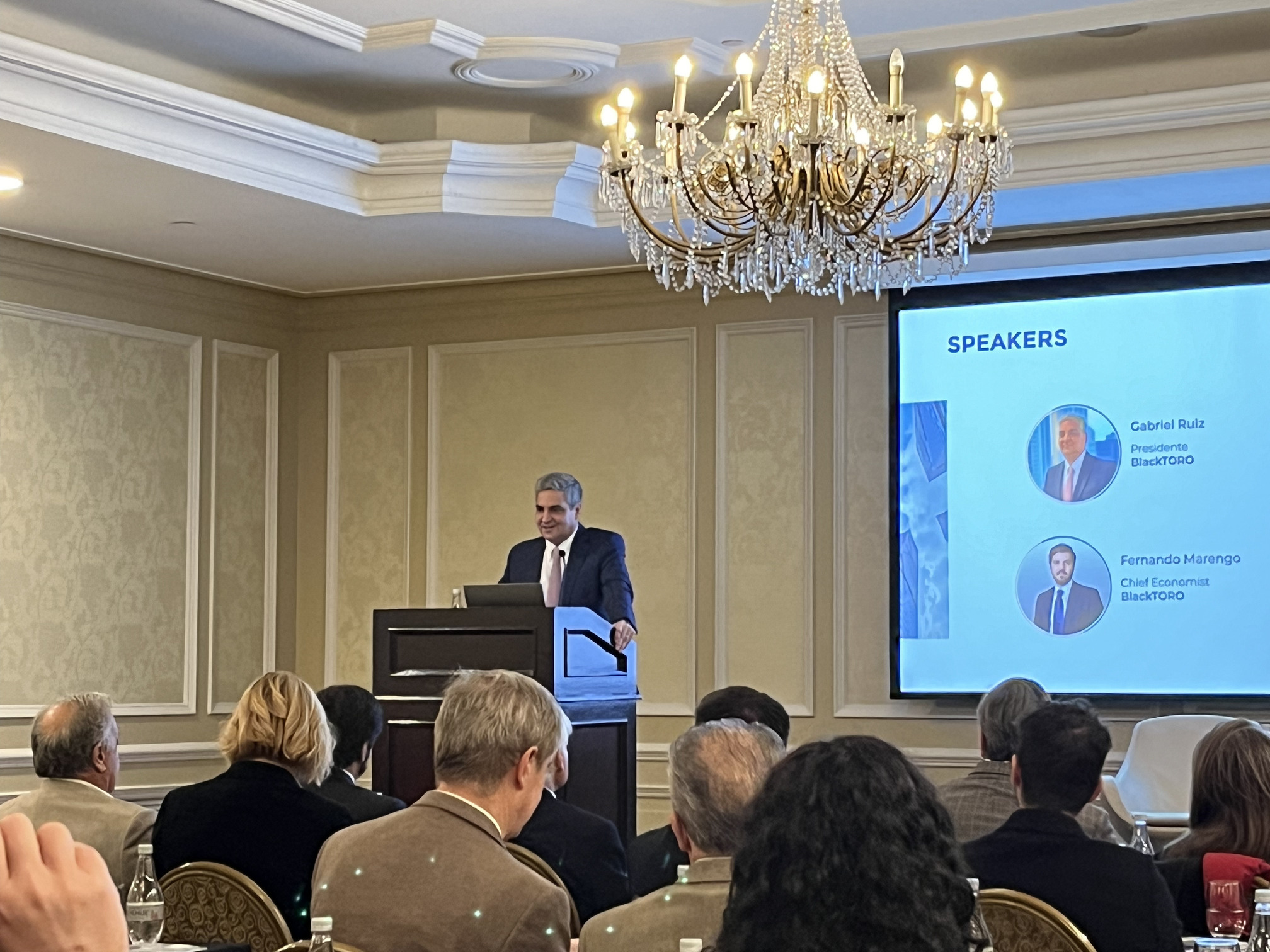
After two years of restructuring, Azimut Investments’ office in Chile is now ready for the next phase. Following the strengthening of operations with the hiring of an Institutional Sales professional, the focus is now on inorganic growth opportunities. Diego Varela, the firm’s CEO, reveals that they are looking for partners with a foothold in the wealth management business, either for an acquisition or a joint venture.
“Historically, Azimut has chosen to establish and grow in its markets mainly through mergers and acquisitions,” the executive explains in an interview with Funds Society, adding that only the Chile office – which also covers Argentina, Colombia, Peru, and Uruguay – focuses solely on distributing the funds of the Italian asset manager.
Up to now, Varela’s attention was focused on making internal changes to align the firm with Azimut’s global and, specifically, Latin American standards. Now that they are moving past that, the priority is finding a company involved in the Chilean wealth management business, a segment that has seen significant growth in recent years.
“My main focus for the rest of the year and the first months of next year, because it is a priority for the Chile office, is to seek some form of partnership with a local player,” says the CEO, describing his growth plans as “ambitious.” This union, he adds, could be done through a minority or majority acquisition, depending on the size of the firm, or through a joint venture.
The goal is to acquire more than 51% of the firm, as Azimut is publicly traded, allowing them to gain control and consolidate assets for the holding company. The plan is to grow the alliance. What does this mean? They plan to offer this partner a six- or seven-year plan – no more than ten, Varela stresses – to gradually increase participation, ideally ending with some form of cash-out for the partners. However, Varela emphasizes that they do not intend to “empty” the firm they choose, but rather that the original partners will continue running the business with Azimut’s support.
One segment they are closely watching for this purpose is independent advisory firms and multi-family offices. “Multi-family offices are a very interesting segment,” he points out, as they have the structure and clients. Thus, an international partnership of Azimut’s scale could take them to the next level, he notes.
In this regard, the executive highlights the potential for Azimut’s acquisition to complement the operations of wealth management companies, providing “the full backing of Azimut.” This includes the capabilities of an international group involved in various businesses, including funds, life insurance, and discretionary portfolio management in Luxembourg.
A New Phase
Since Varela took the helm of Azimut Investments’ Chilean branch in June 2022, his primary focus has been on adjusting operations and strengthening the foundation for growth in the Andean country.
In addition to deepening their relationship with HMC Capital – a distributor of vehicles with whom they have an agreement – the firm worked on improving the internal functioning of the subsidiary, deepening ties with HMC, and enhancing technological platforms and infrastructure.
This process is concluding with a key milestone: the hiring of Cristián Cerda. The executive, who joined as Institutional Sales, comes from Prudential AGF, where he worked as a local fixed income trader, and he holds a master’s degree in Economic Analysis from the University of Chile. The goal of this appointment, Varela explains, is to have “someone much more involved in the field, more engaged with counterparts.”
Looking ahead, the CEO’s direction is clear: “We are now in a position to say that we are entering a more aggressive expansion phase,” with a focus on asset gathering.
This effort coincides with a positive moment for Azimut overall. According to Varela, the international group surpassed $100 billion in assets under management and is projected to achieve its highest net profits in its 32-year history this year.
“Everything converges at one point. We are growing significantly as a group, expanding, aligning many things with international standards, coordinating with HMC, doing interesting things, and now, we’ve added Cristián,” the CEO notes.
Fixed Income Leadership
Another tailwind for Azimut in Chile is the strong performance of their fixed income funds, an asset class that has become much more popular since interest rates increased. This has resulted in various vehicles outperforming their peers, including high yield strategies, their flagship subordinated investment-grade debt fund, the flexible Global Macrobond strategy, and a convertible bond strategy.
“We feel that we are a fixed income powerhouse. We’ve had these returns that have accompanied us,” Varela comments, adding that this strong performance has coincided with increased client demand.
Regarding the market dynamics, the executive has an optimistic outlook. While investors who decided to lengthen their durations when international central banks reached their interest rate peaks saw disappointing results in the first half of the year, this has recently changed. “Things have adjusted a bit, and there is indeed consensus,” he explains, so “it makes a bit more sense to start lengthening those durations.”
The increased interest has inspired a roadshow that the firm organized with Nicolò Bocchin, Azimut’s Head of Fixed Income and portfolio manager, whom Varela describes as a “rockstar” of the Italian parent company. This tour includes stops in Lima, Santiago, and Montevideo, where Bocchin will meet with institutional investors.
“With the strong performance of our fixed income funds and the positioning we can showcase, it makes sense to close the year with his visit, as he is the person everyone wants to meet and listen to,” says the CEO.













